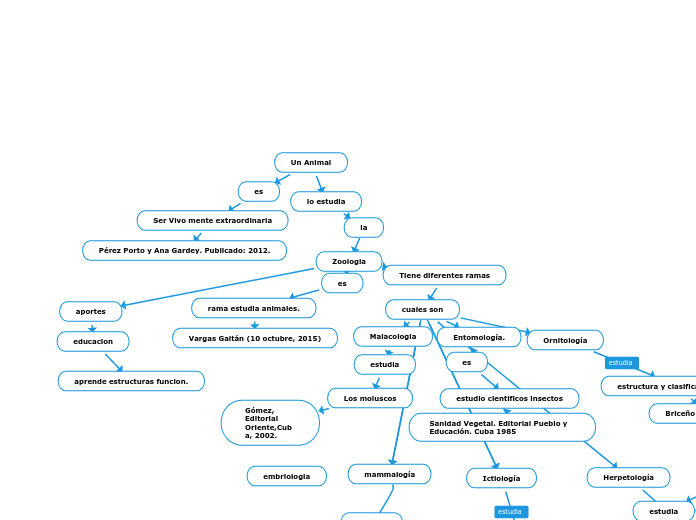REPRODUCION DE LOS SERES VIVOS
To name your story, you have to think about the overall message and what you want your audience to understand from the story. Also, make it relevant and easy to remember.
Reproducción de los vegetales
The ending of a story is essential. We all know that if the ending is weak, what happened before loses its importance. So make it unpredictable, but fair. A resolved ending answers all the questions and ties up any loose threads from the plot.
TIPOS DE REPRODUCCIÓN VEGETAL
This is the moment when the main character surpasses the last obstacle and finally faces their greatest challenge.
The climax usually follows one of these patterns:
- realization
- resolution
- choice
Type in your answer.
Arquegonio y Anteridio
Reproducción Vegetativa en Bulbos
Reproducción de la Célula Vegetal
Reproducción en animales
Tipos de reproducción animal
1. Reproducción sexual en animales
2. Reproducción asexual en animales
3. Reproducción alternante en animales
Reproducción de los Gametos
Los gametos reciben nombres diferentes según el sexo del portador y el reino (animal, vegetal) al que pertenezcan. En los animales, los gametos proceden de una estirpe celular específica llamada línea germinal, diferenciada en etapas tempranas del desarrollo, y se llaman óvulo el femenino y espermatozoide el masculino; y una vez fusionados producen una célula denominada cigoto o llamada huevo fecundado que contienen dos conjuntos de cromosomas, por lo que es diploide.
REPRODUCCION SEXUAL
The middle of the story is where you add layers of complications that will lead to the end. Reveal more about the character's journey. Did their personality go through changes? How did they overcome the challenges? And as you build up the story’s central conflict, make it more personal to that character. Also, from the middle act, you have to lead into the final act.
Desde el punto de vista especializado, la reproducción sexual puede clasificarse de acuerdo a las características morfológicas de los gametos.
There wouldn't be any tension and excitement in your story if there weren't any obstacles in your character's way.
Reproducción humana
El proceso de reproducción humana consta de diferentes etapas.
1. Coito: se refiere al acto copulativo que permite al hombre introducir los gametos masculinos (espermatozoides) en el el aparato reproductor femenino.
2. Fecundación: es el proceso siguiente, en el cual el espermatozoide se une al gameto femenino (ovocito), lo que resulta en la formación de un cigoto.
3. Implantación: ocurre cuando el cigoto, convertido en embrión, se implanta en las paredes del útero para desarrollarse.
4. Organogénesis: es la etapa en la cual el embrión desarrolla sus órganos principales.
5. Desarrollo fetal: es la etapa final, cuando el embrión se convierte en un feto y culmina su proceso de desarrollo.
Reproducción sexual en gimnospermas
Gimnospermas se refiere a las plantas sin flores, llamadas coníferas.
Reproducción sexual en angiospermas
Angiospermas se refiere a las plantas con flores, en las cuales se encuentran los órganos reproductivos de la especie.
Reproducción sexual en las plantas
Se reproducen mediante un proceso llamado polinización.
Reproducción sexual en los animales
Ovoviparidad
Ovuliparidad
Oviparidad
Viviparidad
Reproducción sexual anisogámica
Son aquellas especies donde los gametos de cada progenitor se diferencian en forma y dimensiones.
Reproducción sexual isogámica
A story is nothing more than a character overcoming a series of difficulties to reach the desired goal. Obstacles usually create suspense and conflict. In overcoming obstacles, there is growth: weak becomes strong; hatred turns into love; sadness into happiness; wrong into right; lies into truth; or evil becomes good.
See a few examples below:
- stopping a meteor
- finding a killer
- finding love
Son aquellas especies donde los gametos de cada progenitor son iguales en tamaño y forma.
REPRODUCCION ASEXUAL
In the beginning of the story (or the exposition), you will need to introduce the setting and characters. You might also want to introduce the main conflict. This part of the story is important because it gives the reader necessary background information and maybe even a first insight into a character’s personality.
Es aquella donde solo es necesario un progenitor para crear un organismo descendiente.
The setting (time & place) of a story can change throughout the plot.
Gemación
El organismo parental genera un brote que, al desprenderse, da lugar a otro organismo.
Multiplicación vegetativa
Partenogénesis
Esporulación
Sensory details include sight, sound, touch, smell, and taste. These details are important because they create depth in your setting.
See a few examples below:
- the smell of fresh bread
- the scent of freshly cut grass
- rain falling onto the windshield etc.
El organismo parental crea esporas a partir de las cuales se forma un nuevo organismo.
Fragmentación
The weather is an important element in your story because it can highly influence the ambiance and the mood of the characters.
El organismo parental se fragmenta o se parte.
The most affected character is the main character. Write down here if he/she is affected by these weather conditions in any way. For example, if they lost a family member or their home during a hurricane, etc.
Fisión binaria
The time of the story can also change. It can describe the event of a single day or can include an entire year's plot. Anyway, don't forget to mention it.
Un organismo parental duplica su ADN y a partir de ello se divide en dos células idénticas
Tipos de reproducción asexual
Your story can take place wherever your imagination will take you to.
For example: in an elevator, in an enchanted forest, etc. Don't forget to give details of the environment each time the setting changes, otherwise, the story can be confusing. Also, mention the seasons as each of them has unique weather and events.










